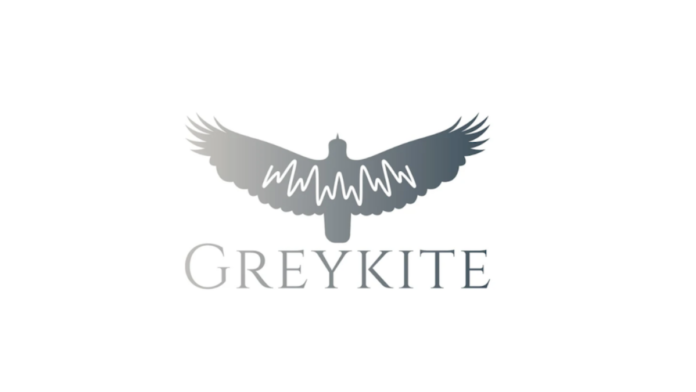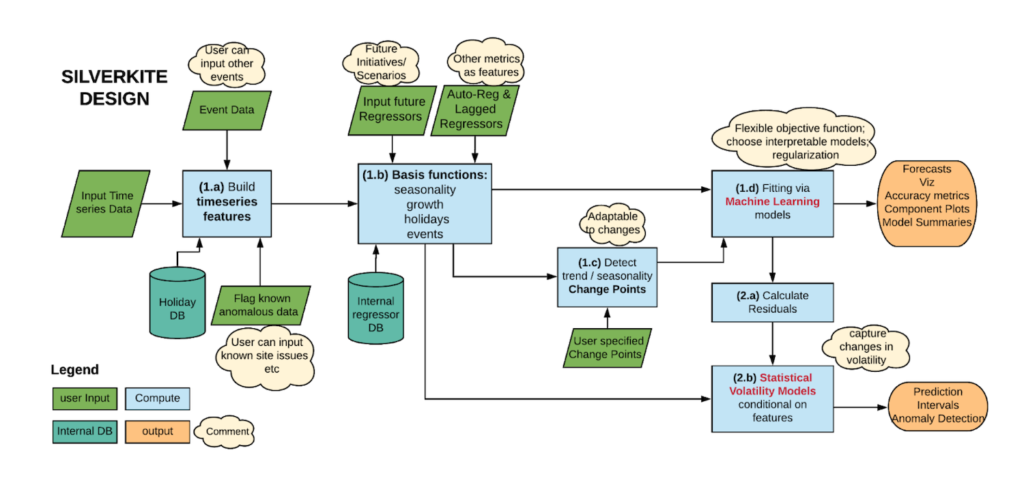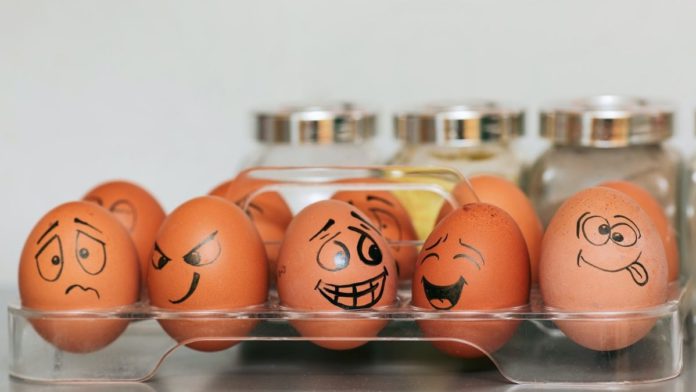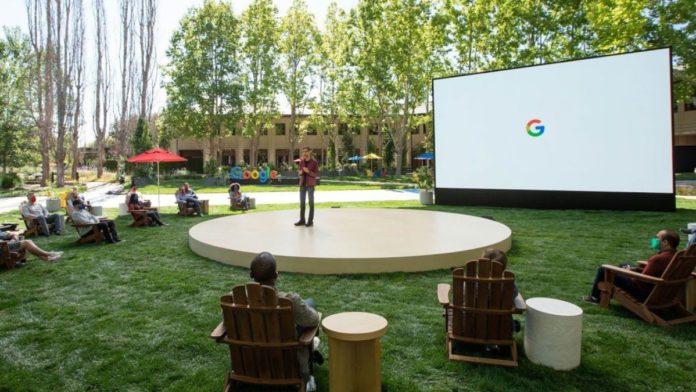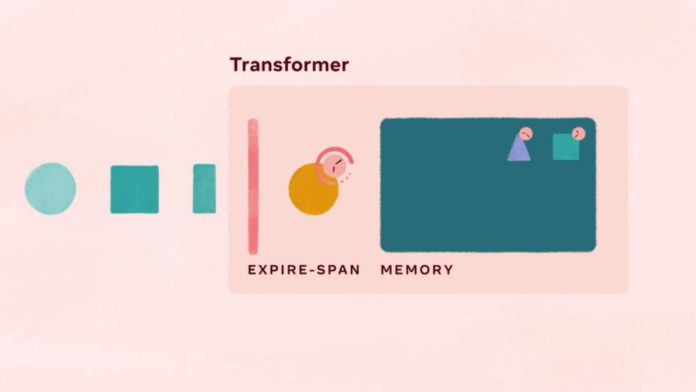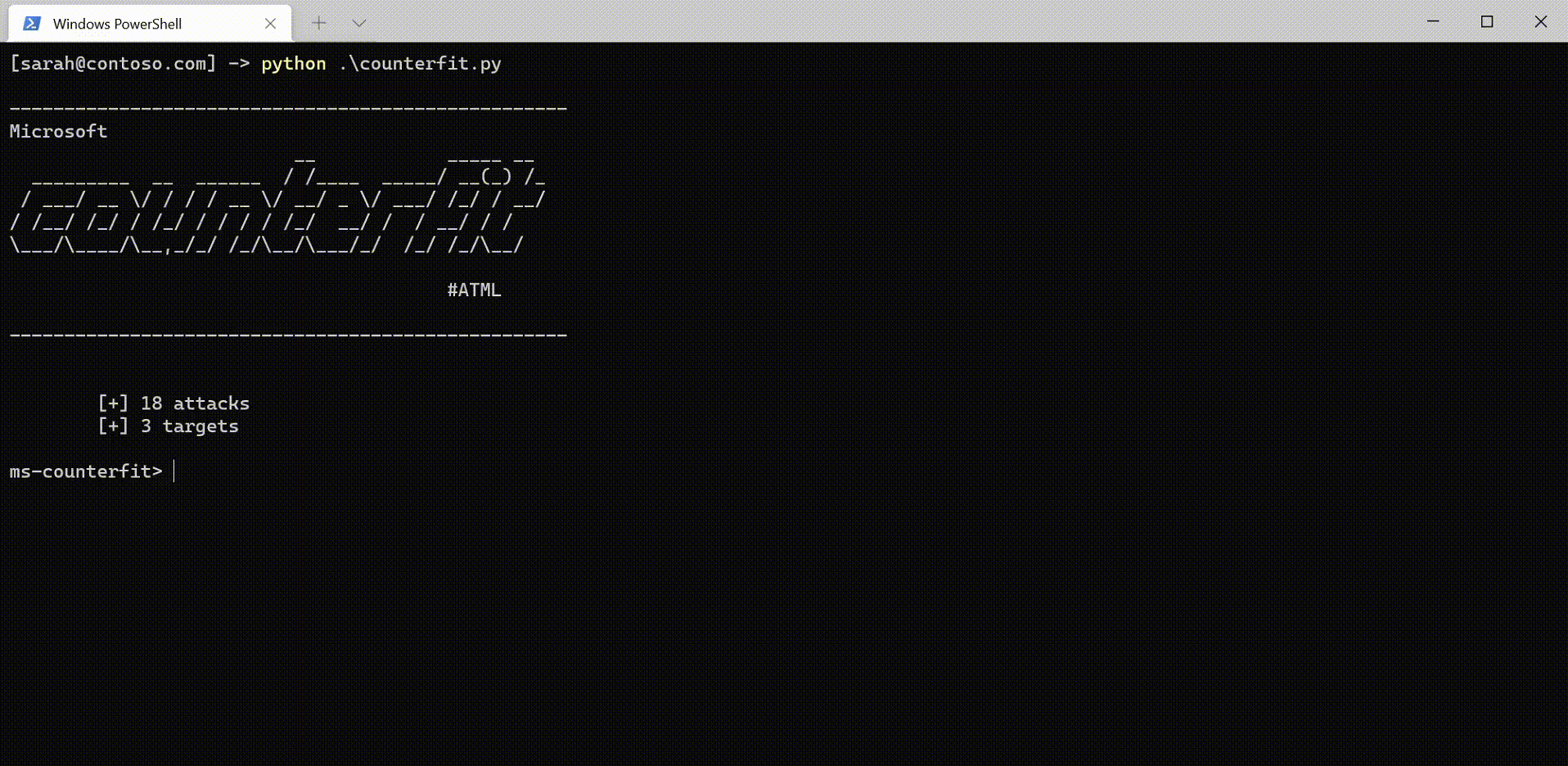If you go back the memory lane, specifically in the early 2010s, the shiny titles were taken by web designers and programmers. However, in the current situation, data scientists have taken a significant place.
The primary reason behind the demand for data science courses taking over other professionals is the need to make data-driven decisions. After all, to run a successful company in the 21st century, you need to have data that represents your target audience and the target market.
Over the last decade, a majority of companies have implemented data science to receive huge growth in the business and have found it helpful. Sure, this position has been engaging a lot of youngsters and mid-aged professionals.
So, if you wish to be a data scientist and want to learn this concept, this guide is curated just for you. Let’s understand how to start learning data science in this competitive environment.
What is Data Science?
Data science is the study that deals with the world of understanding, analyzing, and using modern tools and techniques to curate meaningful information and create protocols for making big business decisions.
To put it simply, data science is an interdisciplinary domain that uses scientific methods, procedures, algorithms, and systems to derive information and insights from structured and unstructured data and apply that knowledge and actionable data to a wide variety of application domains.
Data processing, deep learning, and big data are also some of the essential aspects of data science. Mainly, data science is used to make decisions and forecasts with the help of predictive causal analytics, prescriptive analytics, and machine learning.
Key Skills to Be a Data Scientist
To become a data scientist, you must master some basic skills in terms of analyzing, understanding, and collecting the data, such as:
- You must know the tools used to analyze the database, such as Oracle® Database, MySQL®, Microsoft® SQL Server, and Teradata®.
- You should know basic mathematical analysis, probability, and statistics. While statistics deal with the study and development of the data and calculation of the outcomes, the probability is the calculation of possibilities. Mathematical analysis deals with the basic differentiation, integrations, variables, measure, values, limits, vectors, odds, series, and so on.
- Expertise in at least one programming language is the most important skill a data scientist must have. Data science relies on programming tools, which are the foundation of the discipline. You can consider learning R, Python, SAS, or any other language that meets the requirement.
- Data wrangling is another requirement to become a data scientist as it helps in cleaning, manipulating, and organizing the data.
- Being a data scientist, you must be able to understand the result. Data visualization is the integration of different data sets and generating a visual representation of the data using diagrams, charts, and graphs. You can also take up a data science and business analytics course in India to adept yourself with adequate knowledge.
How to start learning data science?
Data science is a complicated subject to choose as a career, but simultaneously a creative and flabbergasting field as well. To learn data science, you need to first understand and learn the key skills shared above. Once done, here is how you can begin learning data science.
As mentioned above, basic mathematics is required to enter the field of data science. As a result, learning the required mathematics concepts should be the first step. Complex equations, differentiation, integrations, calculus, programming, and database, are some important concepts for the same.
Above all the programming languages, you would have to go through one and learn to master your knowledge in data science. This field involves a lot of programming features, and that is the reason you must know any of the required programming languages. Python and R could be great choices, to begin with.
Once done with basic mathematics and a programming language, you need to move forward to learn the Pandas library. Understand what it is all about, how it works, its advantages, used resources, and more. Pandas library provides high-performance data frames that enable you to get easy access and understanding of the data. It simplifies the process and presents it in a tabular form. It includes various tools for reading and writing data, handling missing data, cleaning messy data, and many more.
Further, you will need to learn machine learning and practice the same. Machine learning is a complex field. Once you have completed the entire course, you must ensure that the practice is not missed at any cost.
Data Science Certificate
To become a data scientist, you would at least need a bachelor’s degree in data science or a computer-related field. Also, some of the careers require a master’s degree. Thus, you would have to cross-check before starting anything.
Project model certification, internship certification, and qualification certificates are among the additional certifications you will need. Apart from this, if you have graduated in a different field, you can pursue a diploma in any online platform as well. There are many short data science courses available online that you can pursue right away.
Current Scenario in India
The position of a data scientist has risen to become one of the most sought-after professions, ranking second only to that of a machine learning engineer, which is a profession that is closely related to that of a data scientist.
With emerging tech companies and educational institutions in India, data science is already booming. This has resulted in an increase in data science job openings. Such opportunities are not just in the private sector but the government as well, with majorly all of the organizations making digital transitions.
Moreover, in the current pandemic, data scientists emerge as a guide to shift business operations online by using big data, cloud computing, machine learning, and more advanced Artificial Intelligence (AI).
So far, data scientists have been able to make significant strides in client data processing, Robotic Process Automation (RPA), cybersecurity, banking, healthcare, manufacturing, logistical supply chain AI, retail, workplace connectivity, and e-commerce as a result of increased demand.
There are lots of opportunities in the private sector as well, where entry-level data scientists can earn around 5 lakhs rupees per annum and experienced data scientists can get more than 6 lakhs rupees per annum in India. According to a LinkedIn report 2020, data scientist jobs showed a growth rate of over 37% this year.
Current Scenario in Other Countries
There are six countries where data science expertise is in short supply. France is standing tall at the top of the list, with high demand for data science due to new startups that have emerged in recent years.
Germany is at the bottom of the list and can face a shortage of 3 million skilled workers by 2030, regardless of its dependability on technology, even with a small population. Other countries like Sweden, UK, Finland, Ireland are also facing this kind of problem.
The Bottom Line
Today, this field is considered to be a vast and emerging one for a person to grow and make their career in. In summary, data science is the science of analyzing data and solving big equations with modern techniques more efficiently. Apart from this, data science simplifies complex data into user-friendly data.
There are many institutes in India as well as across the world that are providing free beginner data science courses. To become a data scientist, mathematics is a plinth for it.
Moving further, some programming languages are a must to know if someone is willing to choose data science. The path to get your destination in this field is to get at least a degree or a diploma certificate in the field of computers.
Through Artificial Intelligence and automation, data science is poised to transform many industries, including health care, transportation, business, finance, and manufacturing.




